The Anatomy of a Fire Sprinkler System: What Every Property Owner Should Know
Know Your System
A fire sprinkler system is a critical safeguard for protecting lives and property in the event of a fire. While most people recognize their importance, many don’t understand how these systems work or the components that make them so effective. At ASAP Fire Sprinkler Protection, we believe that knowledge empowers property owners to make informed decisions about fire safety. Here’s an overview of the key parts of a fire sprinkler system and their roles in fire protection.
1. The Water Supply
Every
fire sprinkler system begins with a reliable water source. This can be a municipal water supply, a dedicated water tank, or a combination of both. The water supply must provide adequate pressure and flow to ensure the system functions properly during a fire. For larger or multi-story buildings, a fire pump may be installed to boost water pressure.
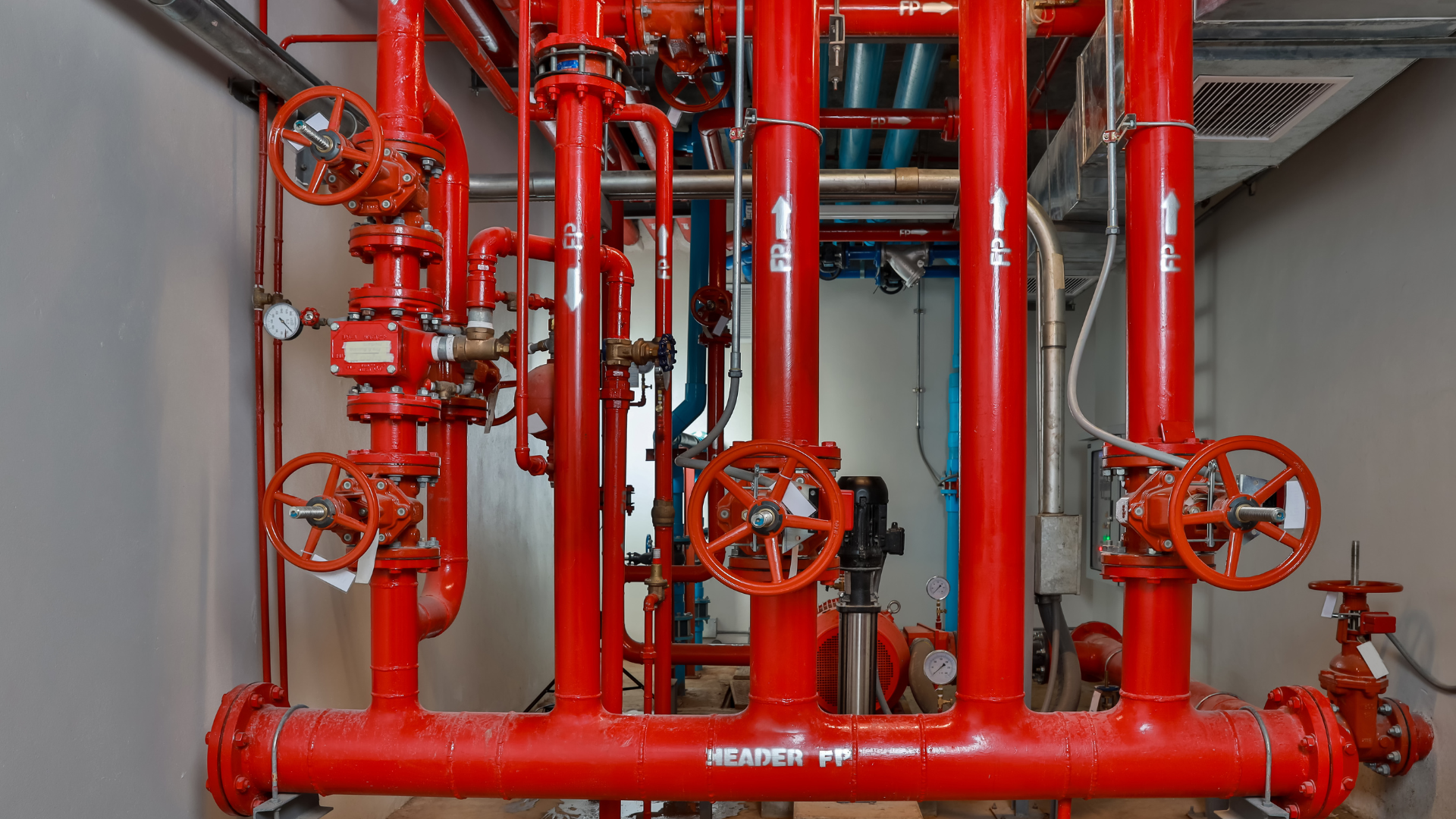
2. Control Valves
Control valves regulate the flow of water through the system. The main control valve allows water to flow into the sprinkler pipes and can be shut off for maintenance or emergencies. Supervisory devices monitor the position of the valves and send an alert if a valve is closed when it should be open.
3. Piping Network
The piping network distributes water from the supply source to the sprinkler heads. These pipes are strategically installed throughout a building, ensuring coverage in all critical areas. Fire sprinkler systems typically use two types of pipes:
- Wet Pipes: Contain pressurized water at all times, ready for immediate discharge when a sprinkler head is activated.
- Dry Pipes: Filled with pressurized air or nitrogen; water is released into the pipes only when a sprinkler head is activated. These are commonly used in colder climates to prevent freezing.
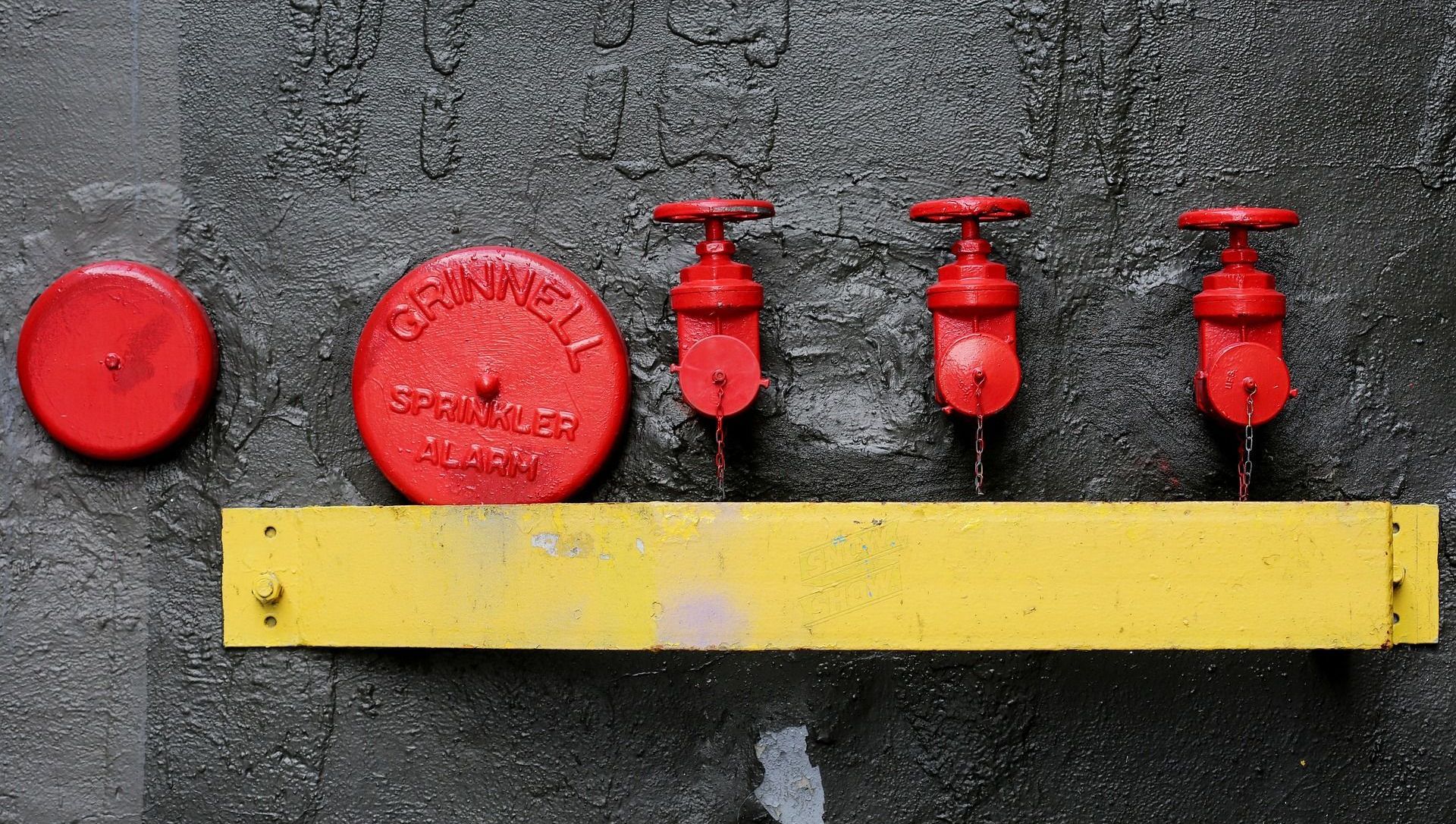
4. Sprinkler Heads
Sprinkler heads are the visible components of the system and play a vital role in fire suppression. Each head is equipped with a heat-sensitive element, such as a glass bulb or fusible link, that activates when exposed to a specific temperature. Contrary to popular belief, only the sprinkler heads nearest the fire activate, ensuring water is directed precisely where it’s needed.
Sprinkler heads come in various designs, including upright, pendant, and sidewall models, to accommodate different building layouts.
5. Alarm and Monitoring Systems
When a fire sprinkler system activates, an alarm system alerts building occupants and emergency responders. Many systems are also connected to a central monitoring service that notifies local fire departments. This ensures a rapid response, minimizing potential damage and risk to life.
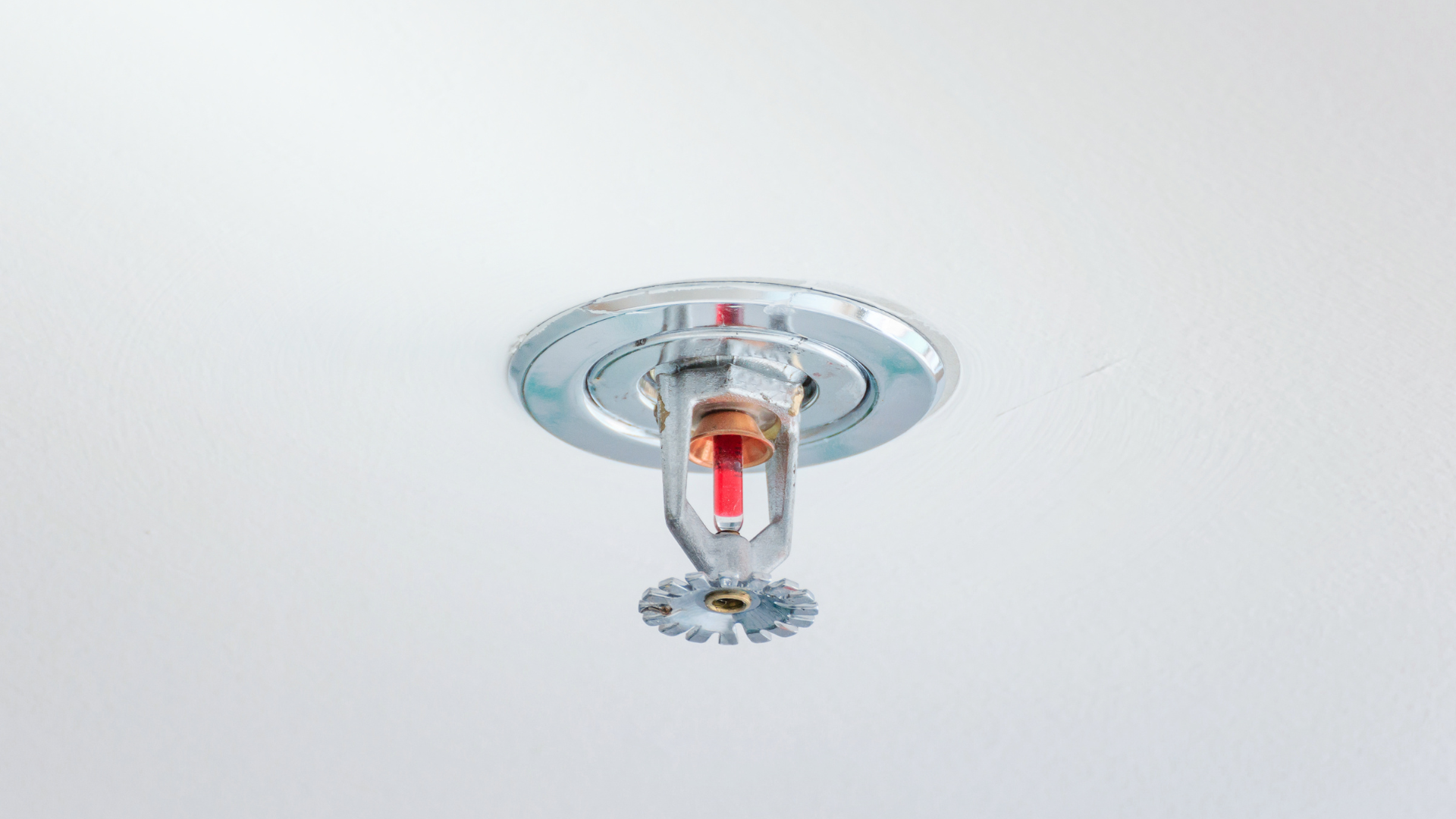
6. Fire Pump (If Applicable)
A fire pump is used in buildings where the water supply does not provide sufficient pressure for the sprinkler system. The pump draws water from the supply source and increases its pressure to meet the system’s requirements. Regular fire pump testing is essential to ensure it functions correctly when needed.
7. Backflow Preventers
Backflow preventers are critical for maintaining water quality. These devices prevent the reverse flow of water from the sprinkler system into the potable water supply, protecting it from contamination.
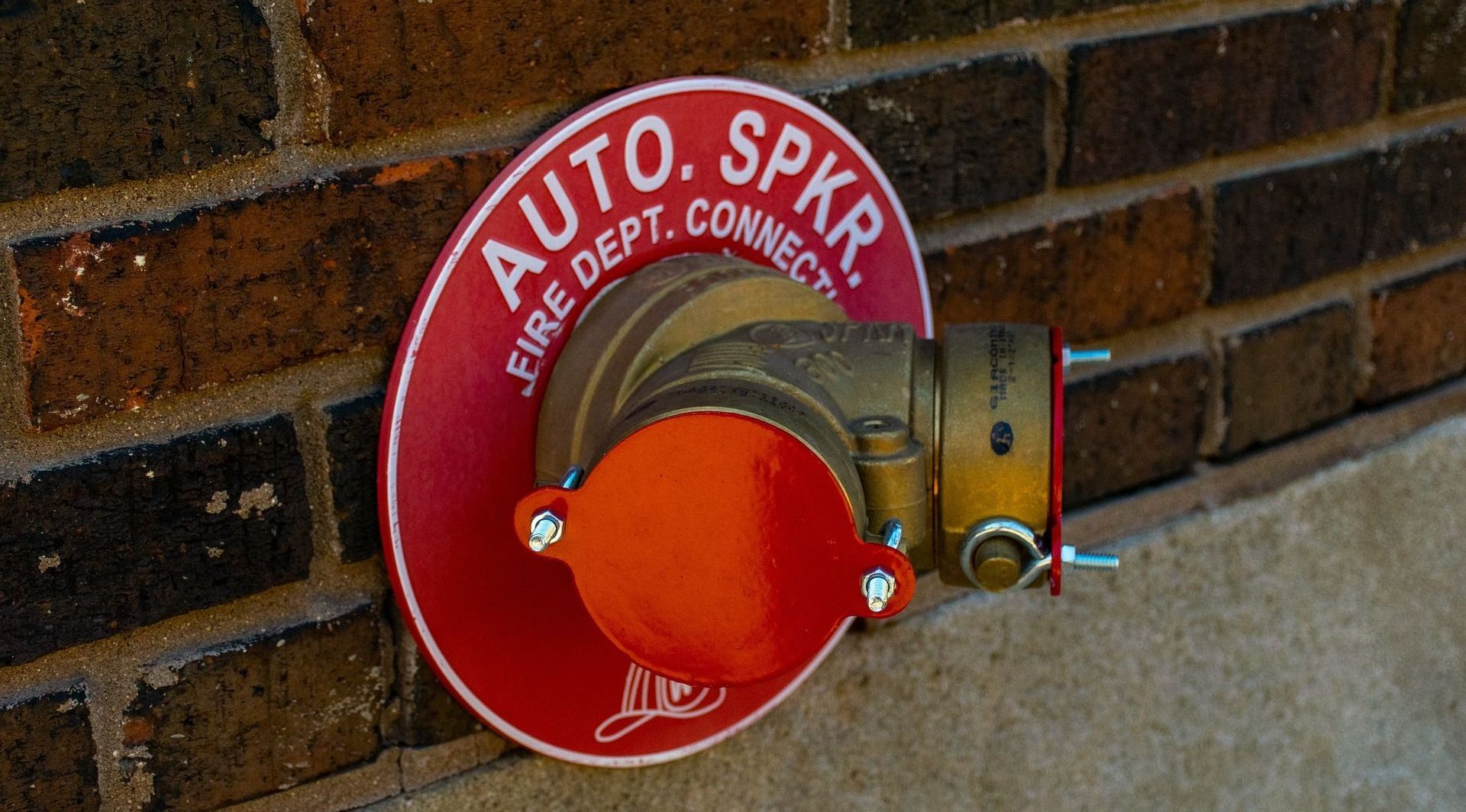
Why Understanding Your Fire Sprinkler System Matters
Understanding the components of your fire sprinkler system can help you identify potential issues, ensure proper maintenance, and make informed decisions about upgrades or repairs. Regular inspections and testing, like those provided by ASAP Fire Sprinkler Protection, are crucial for keeping your system in top working condition.
Partner with ASAP Fire Sprinkler Protection
Whether you need an inspection, maintenance, or a new system installation, ASAP Fire Sprinkler Protection is here to help. With decades of experience, we specialize in designing, installing, and maintaining fire sprinkler systems tailored to your building’s needs. Contact us today to schedule a consultation and ensure your property is equipped with the best fire protection possible.
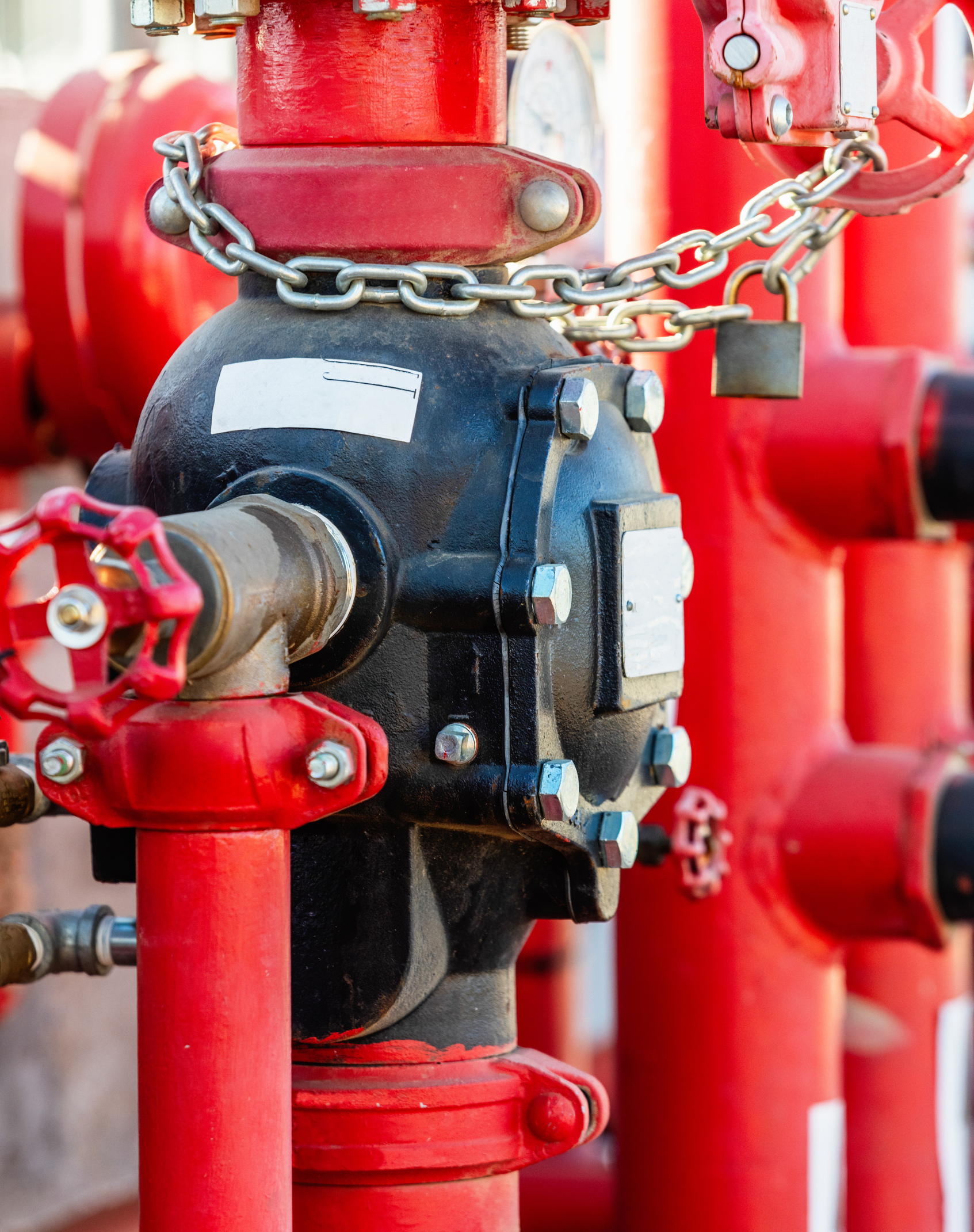
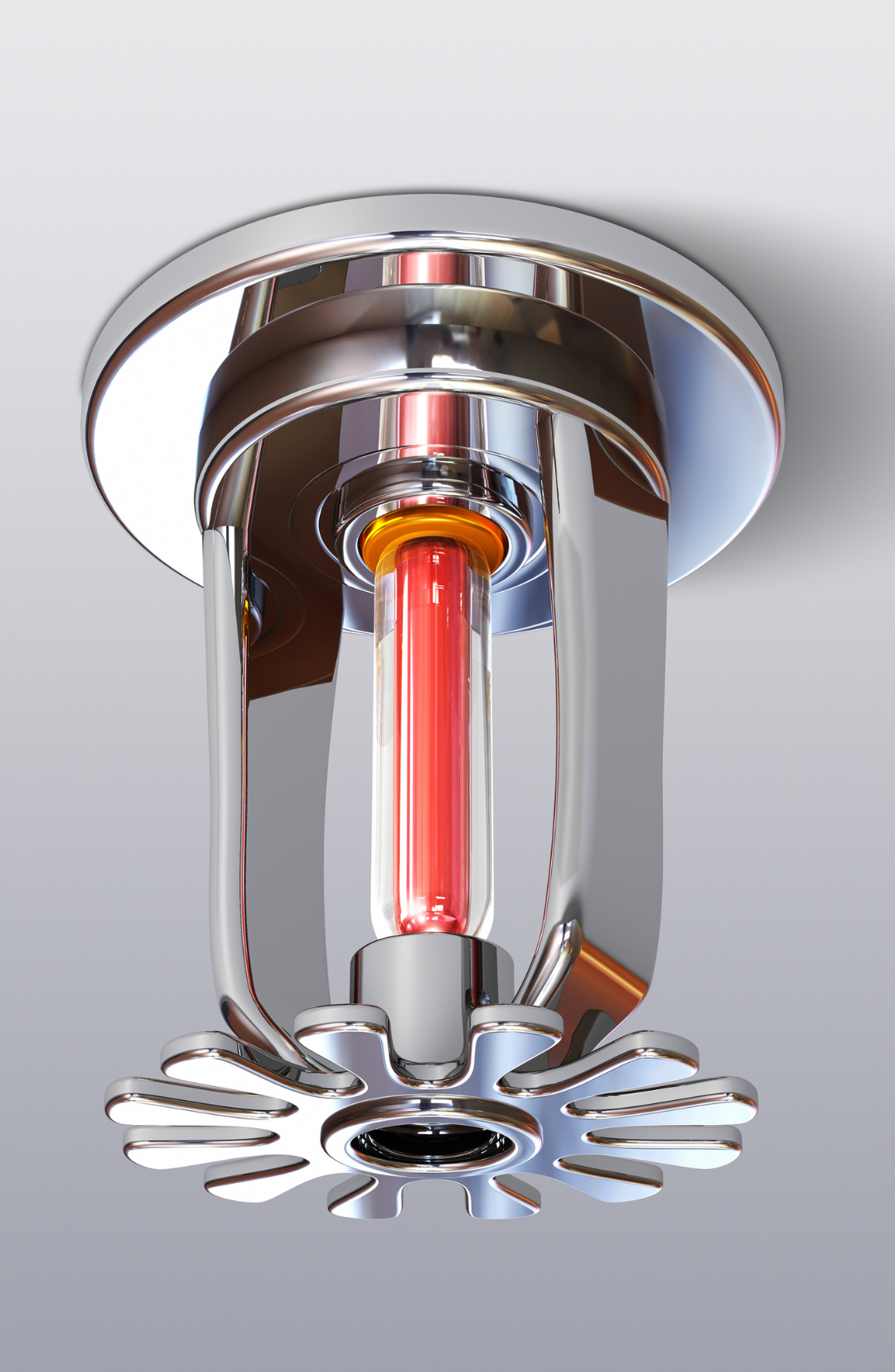

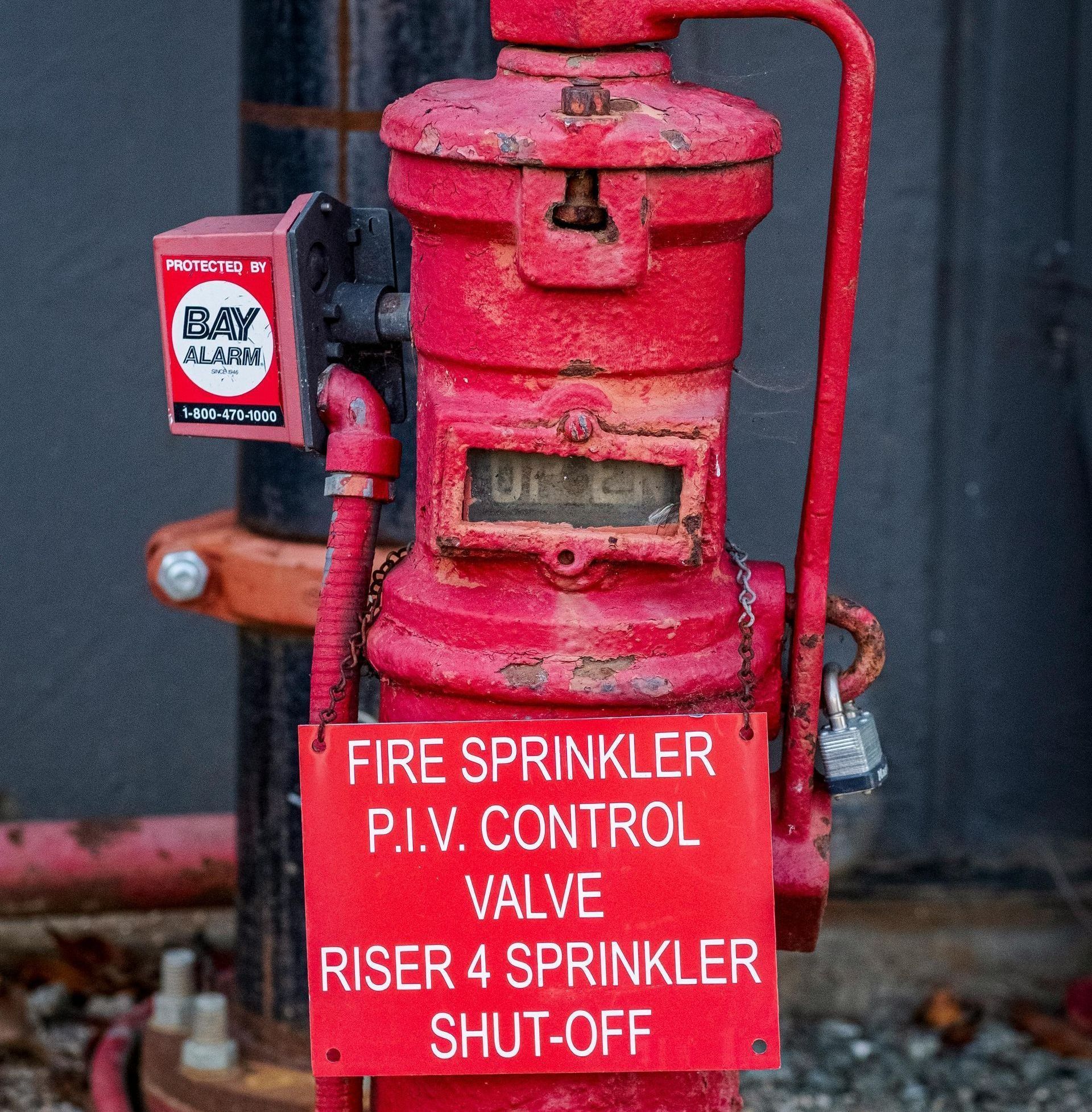
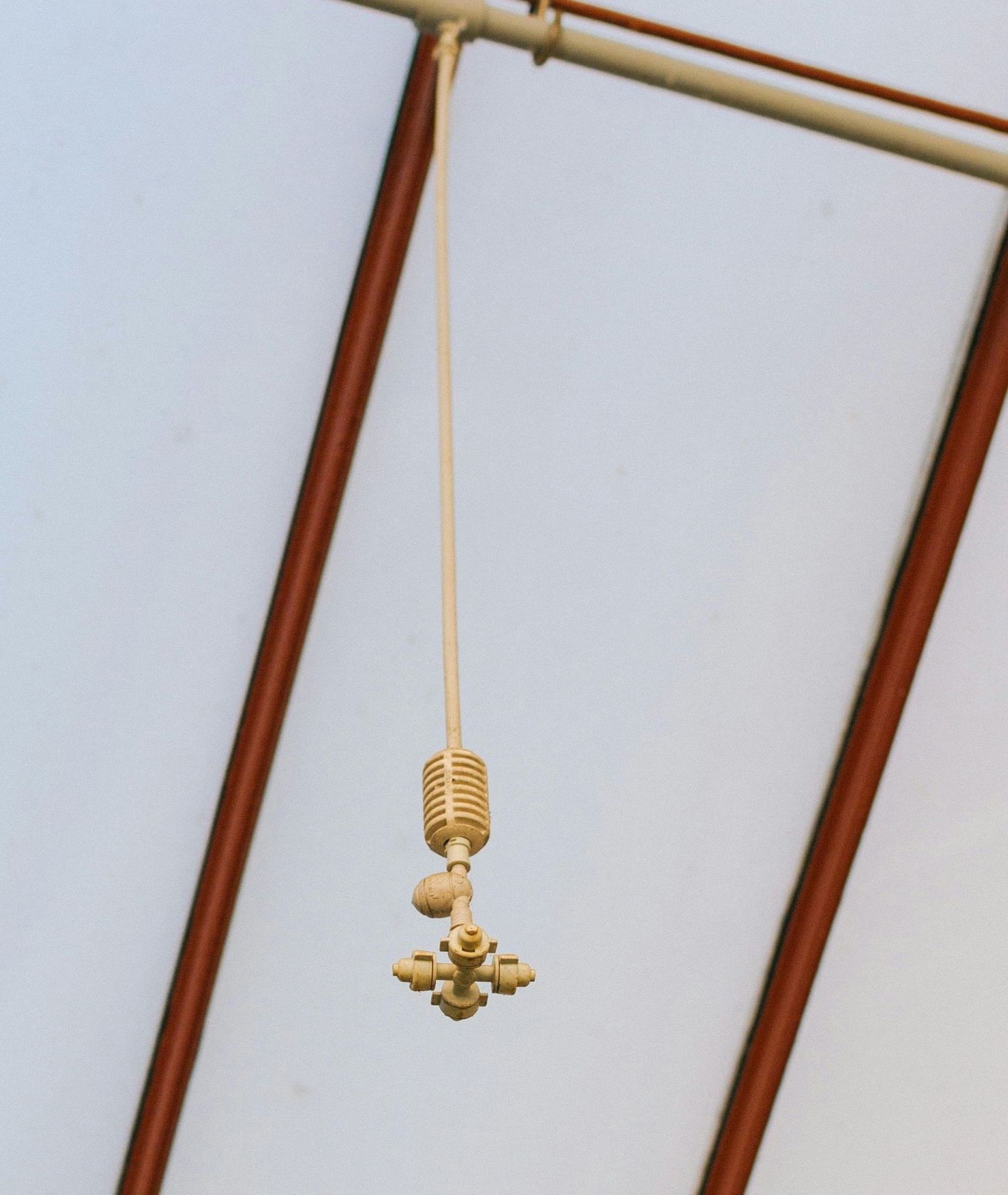
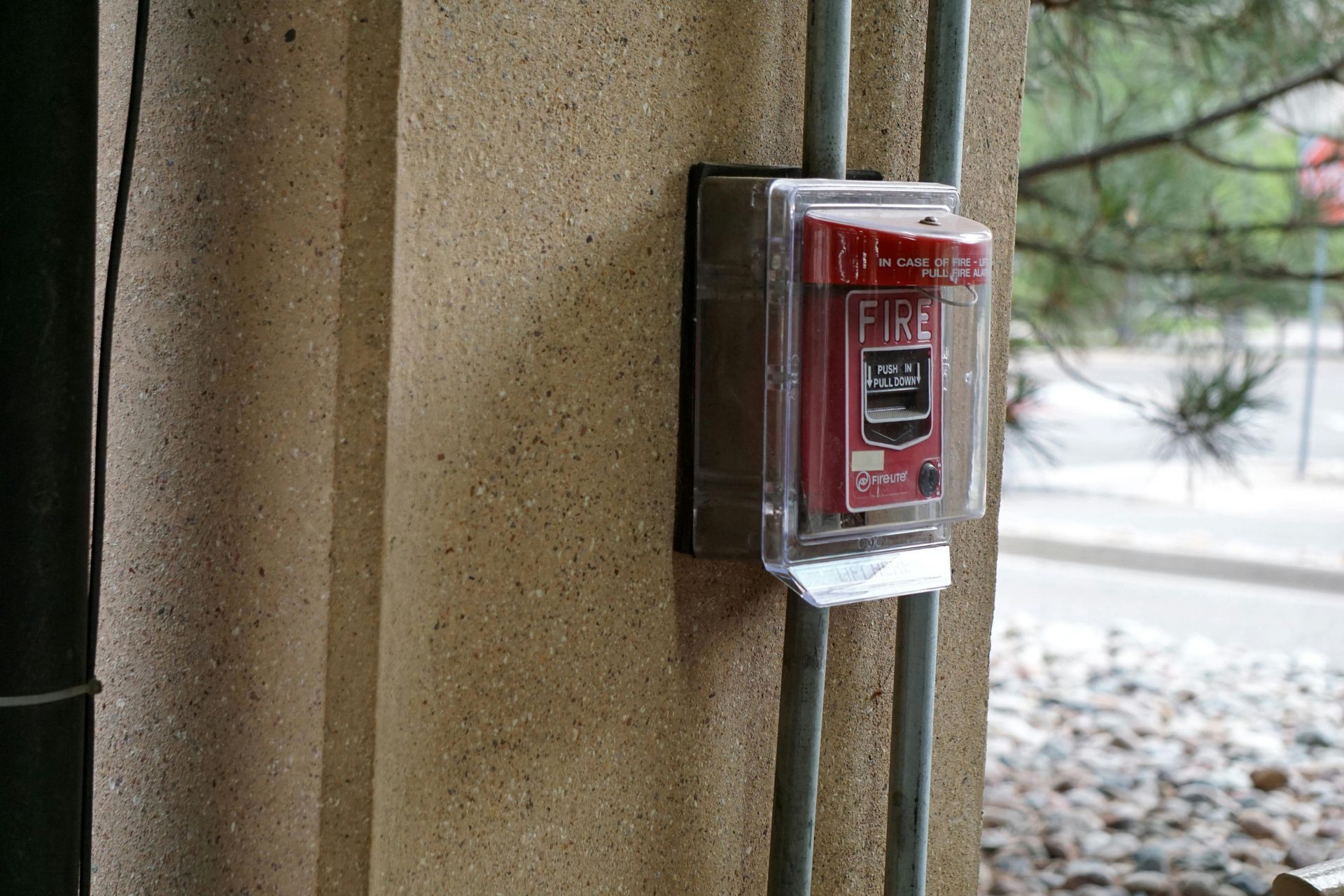
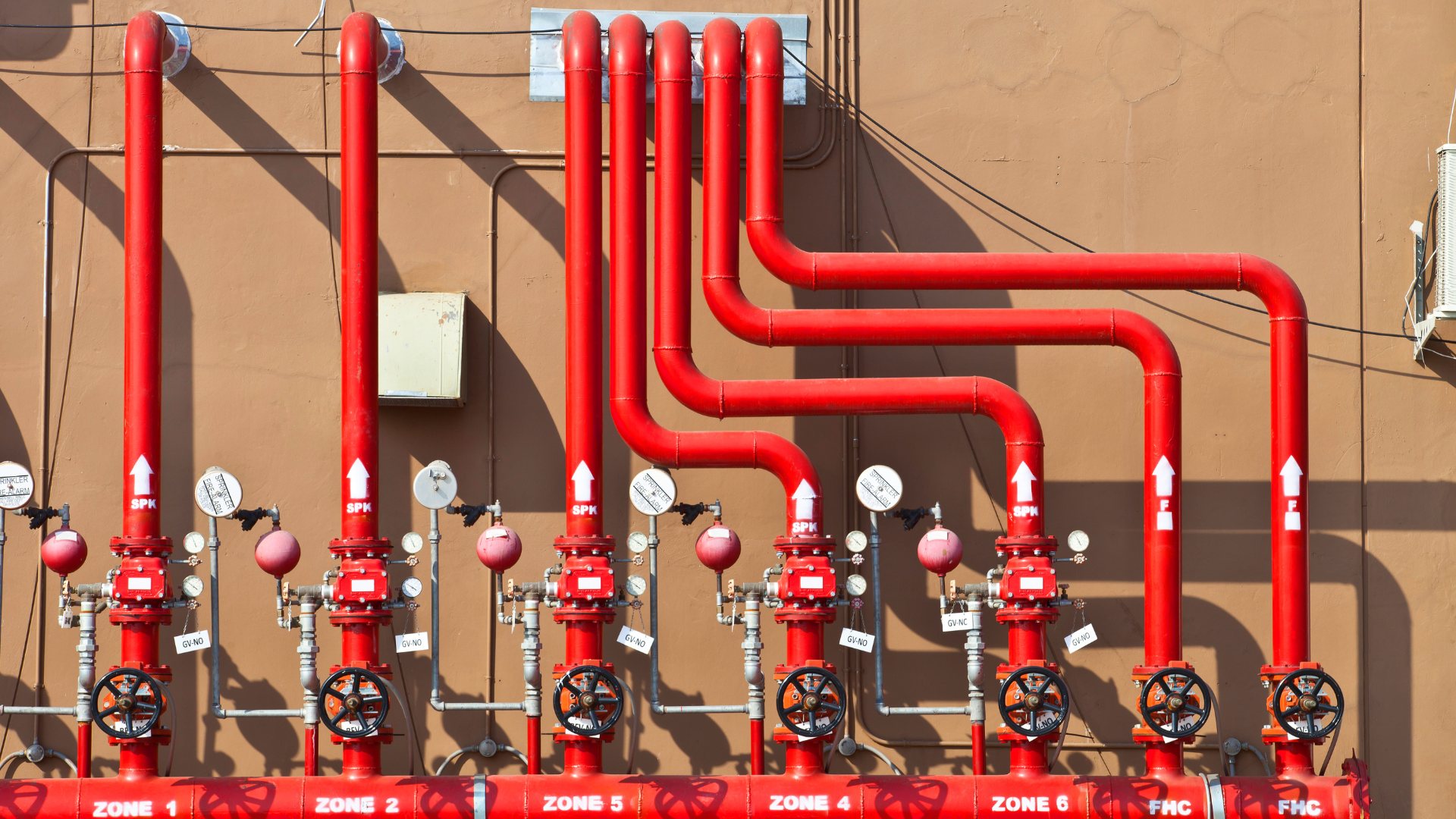

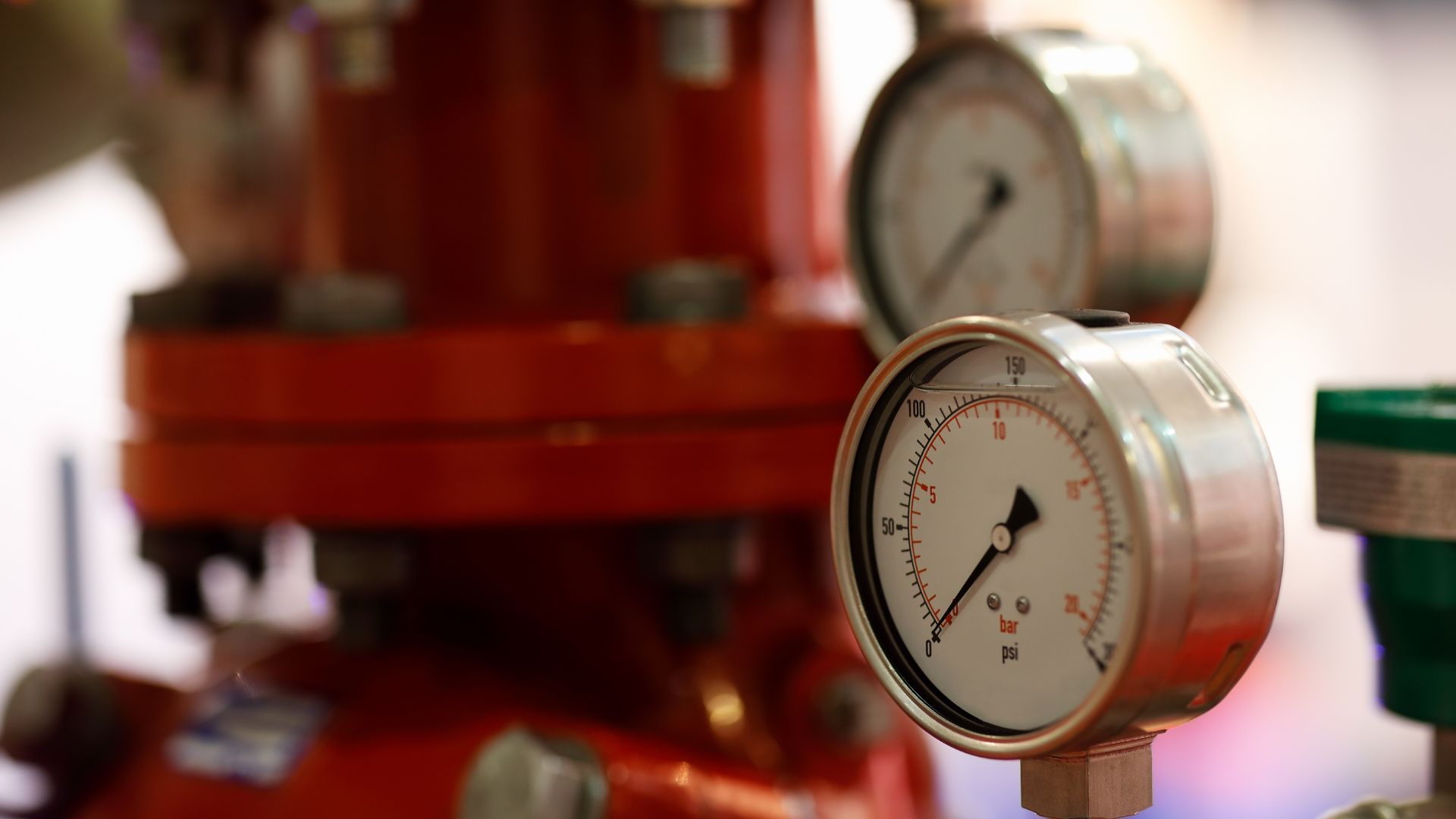

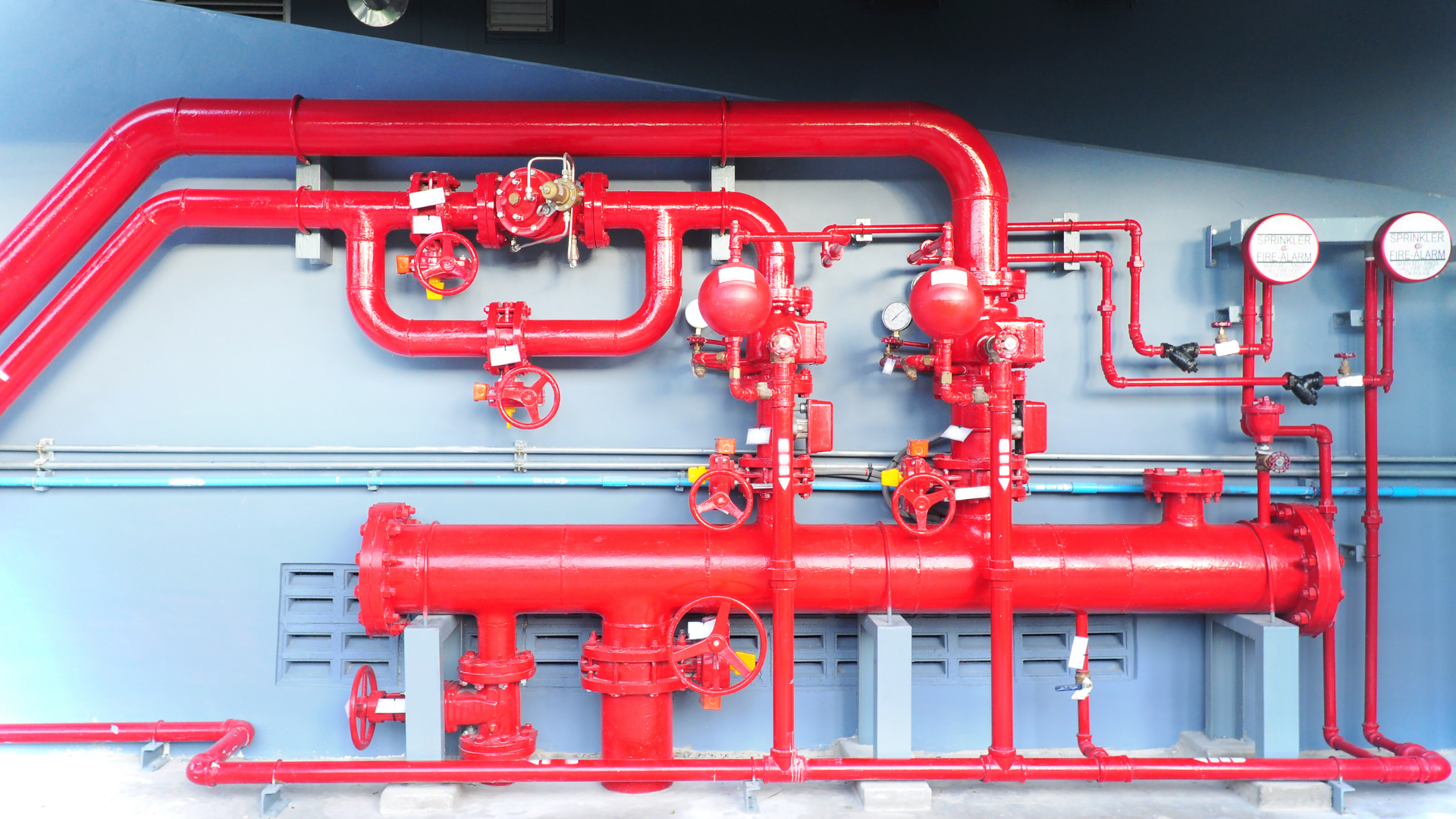

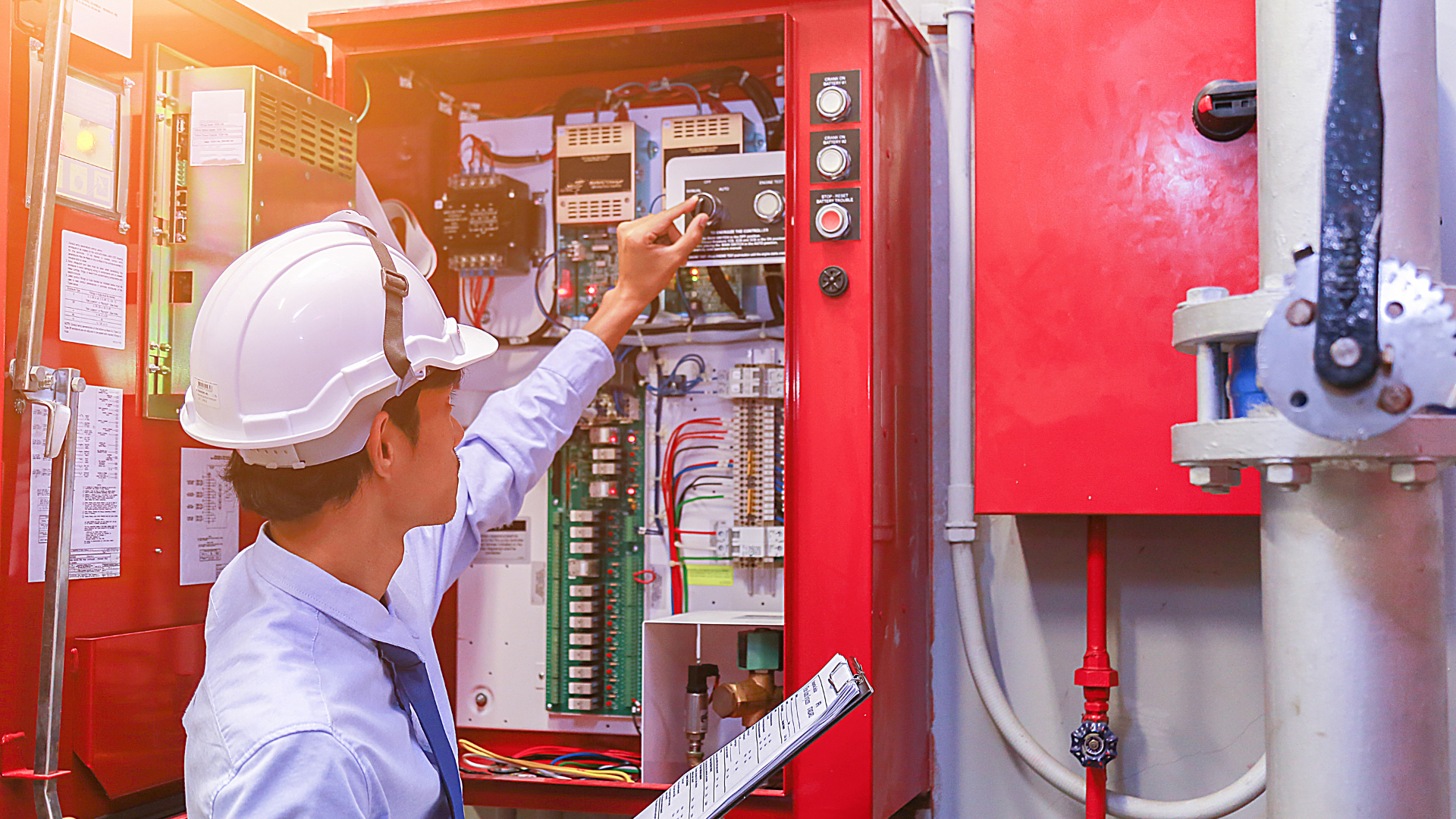
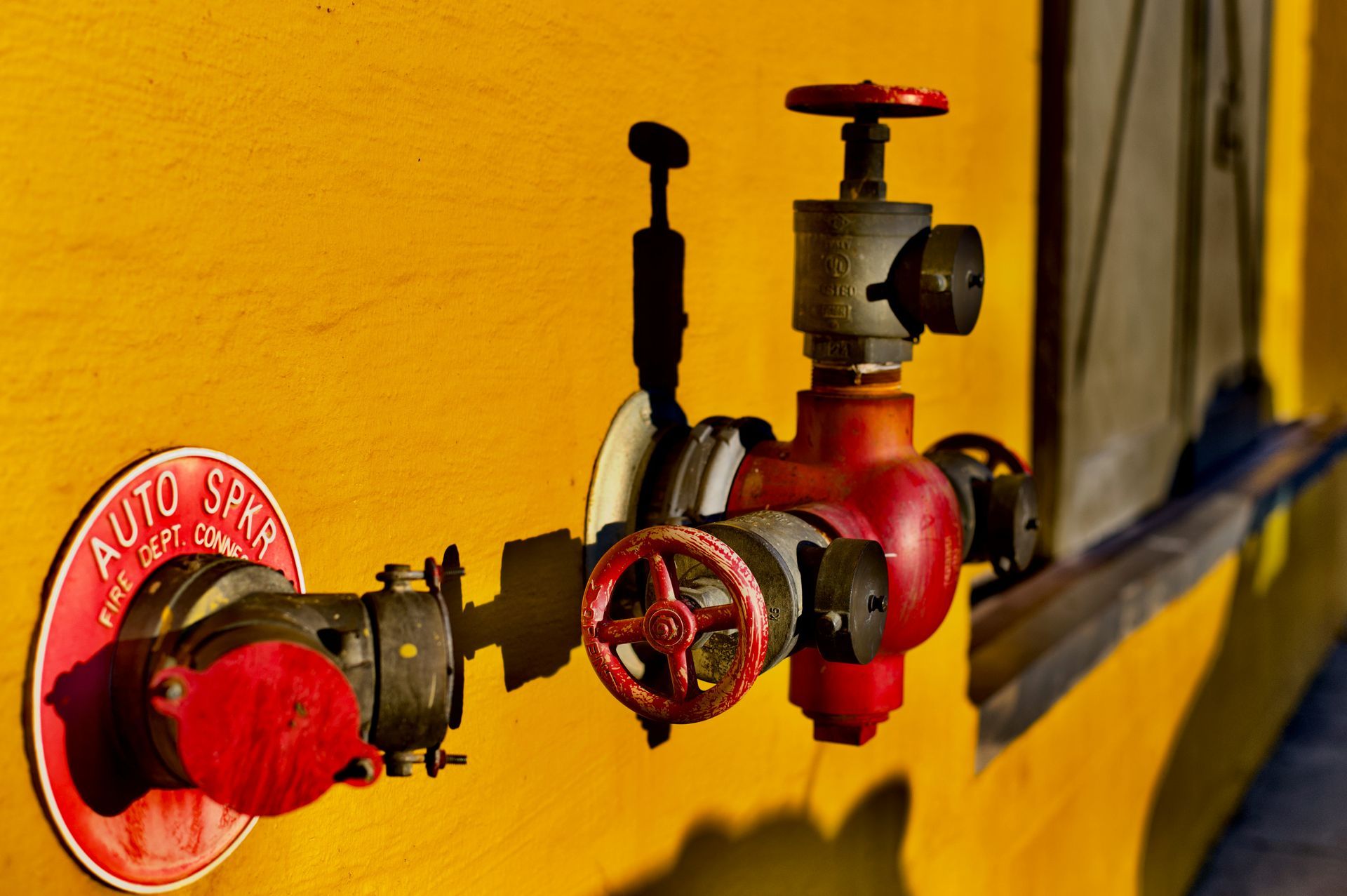
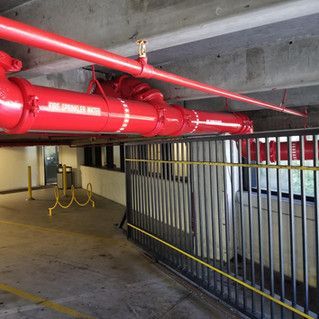
All Rights Reserved | ASAP Fire Sprinkler Protection LLC

